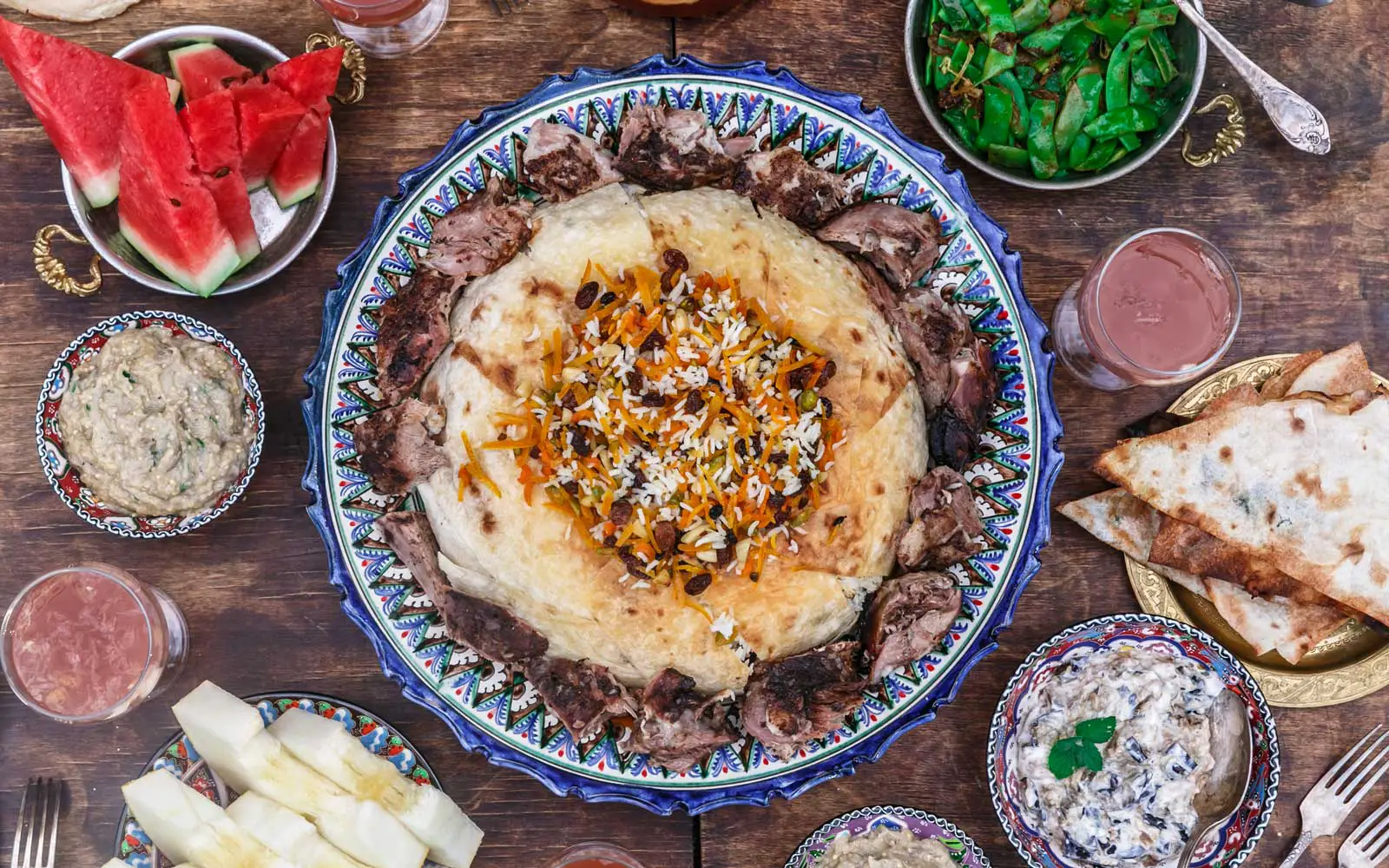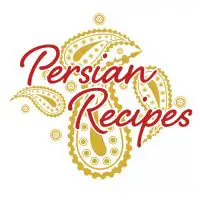-
Saucepans
 Read more: Saucepans
Read more: SaucepansGood quality saucepans are a must for Persian Cooking, as an even transfer of heat will result in even cooking. A large saucepan is required for the cooking of rice as the rice will double in size in the cooking process and the rice grains need to freely move in the water when being boiled…
-
Colander
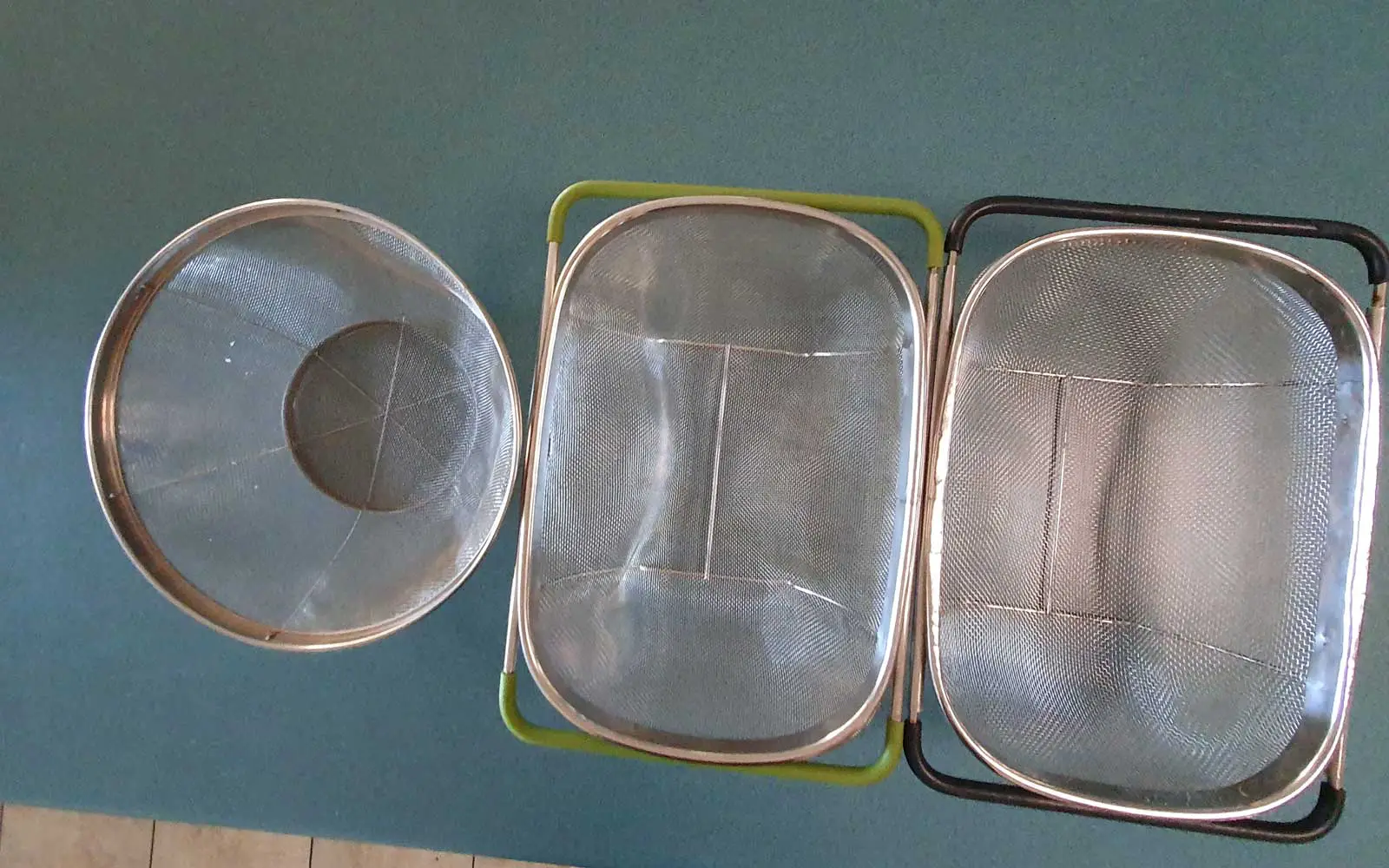 Read more: Colander
Read more: ColanderA colander is needed for straining the rice once it has been par boiled ready to put back into the saucepan for the steaming process. Too big holes will result in the rice falling into the sink. The water must run freely around the cooked rice grains while rinsing.
-
Pressure Cooker
Read more: Pressure CookerA pressure cooker makes life easy for the busy cook, allowing for stews, Khoresht and other time consuming dishes to be prepared at the end of a busy day.
-
Rice Serving Dish
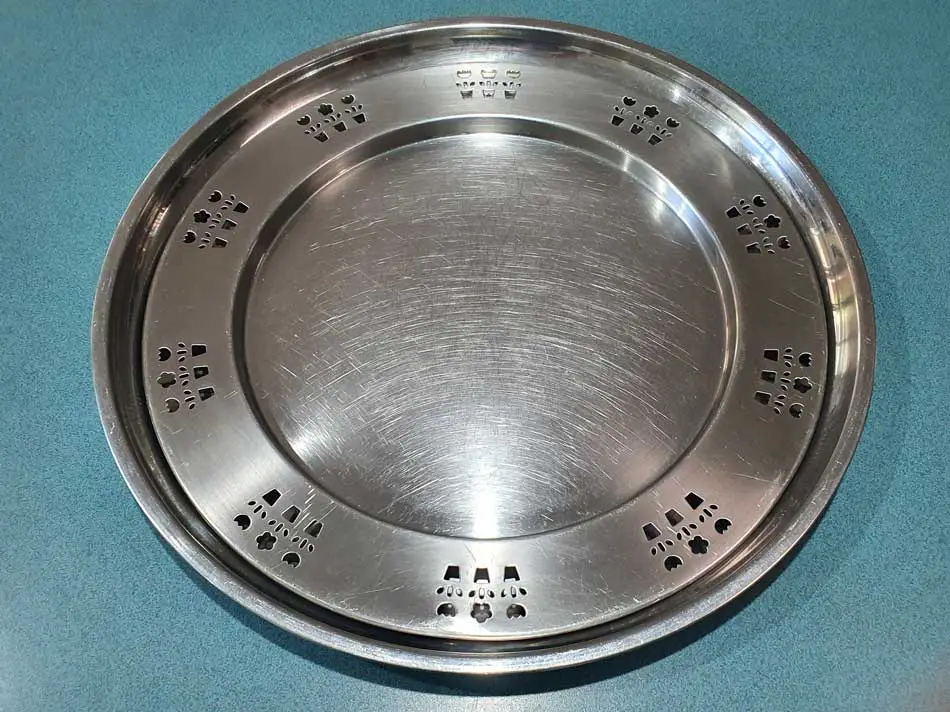 Read more: Rice Serving Dish
Read more: Rice Serving DishA round serving dish is essential for serving a good rice. The dish must be about 4 – 6 cm in diameter larger than the container in which the rice is cooked. This will ensure that as the rice is served and the sides of the rice dish collapse it stays on the dish. Traditionally…
-
Food Processor
Read more: Food ProcessorA food processor is a must in a busy kitchen. Choose a large bowled variety that is easily cleaned. One that can be pulled apart and put in the dishwasher is even better. A must for the preparation of the Persian Mince Kebab, Kebab Koobideh, and processing the herbs, sabzi, for dishes like Khoresht Gormeh…
-
Zereshk – Barberry
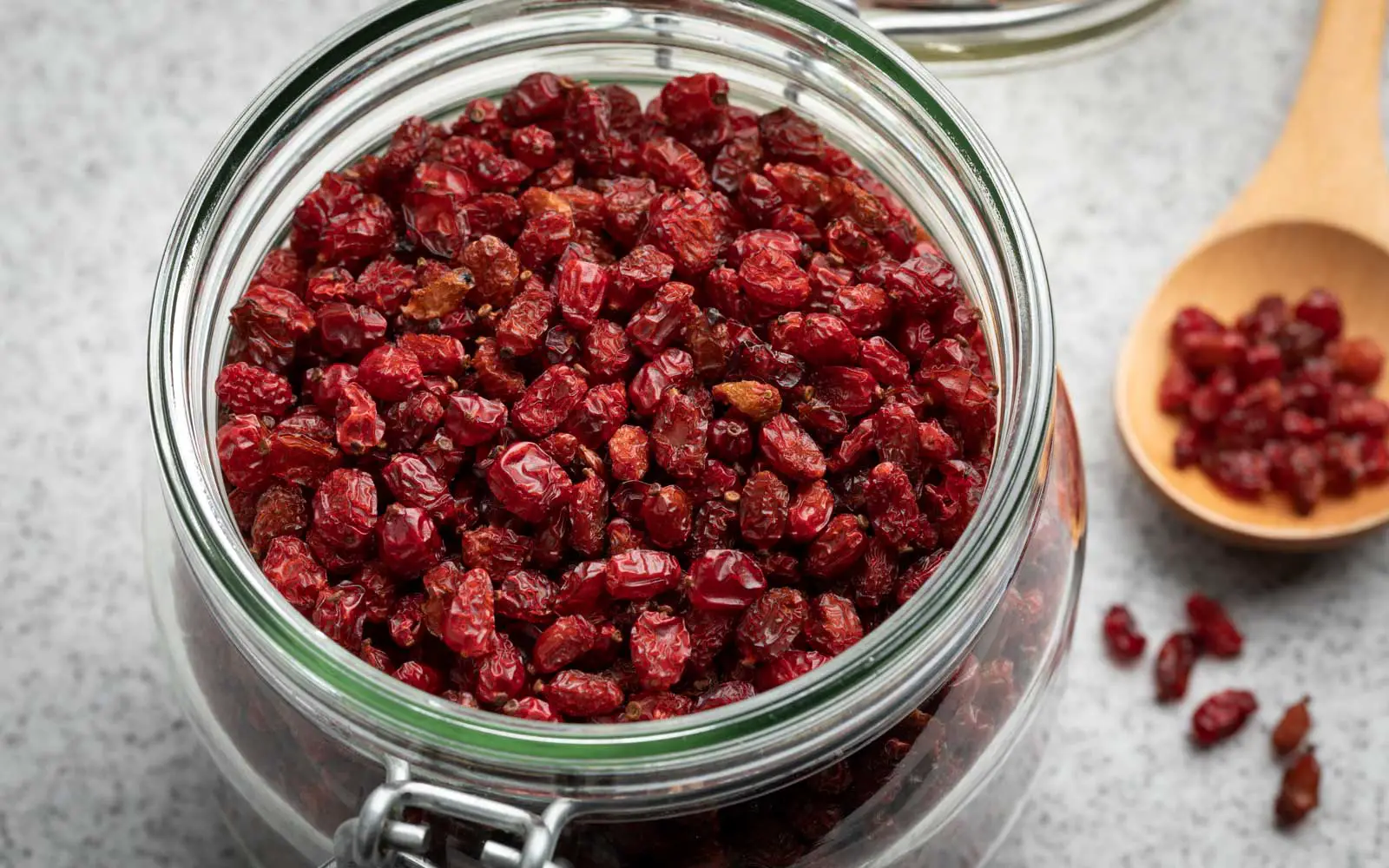 Read more: Zereshk – Barberry
Read more: Zereshk – BarberryZereshk, or Barberry is a small, sour, red berry. Used in Persian rices dishes or to add interest to jams and jellies, this berry is available dried from Persian or Afghani grocery stores.
-
Yoghurt
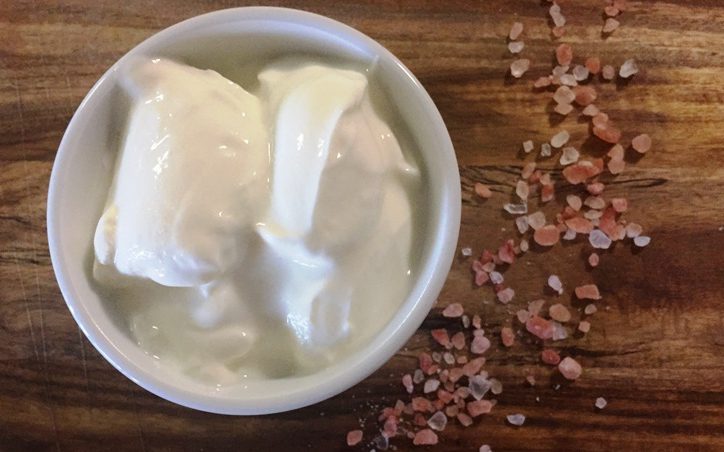 Read more: Yoghurt
Read more: YoghurtYoghurt is a dairy product produced by adding a culture to milk and allowing to incubate producing a thick substance. Yoghurt used in traditional Persian cooking is very thick and unsweetened.Greek yoghurt is a good substitution.
-
Tahdig
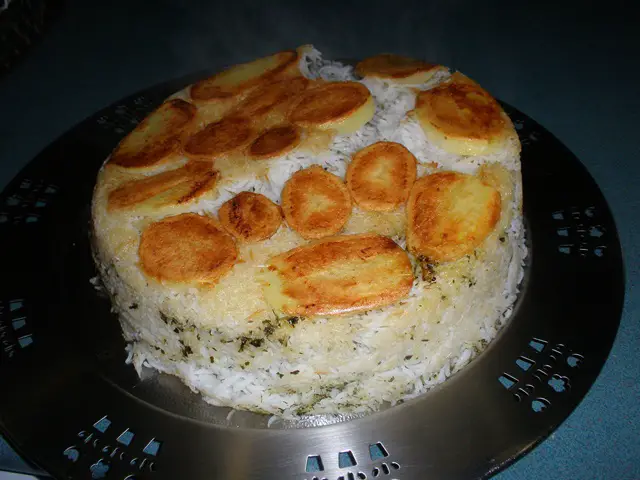 Read more: Tahdig
Read more: TahdigTahdig, literally “the bottom of the pot”, is the crunchy crust formed at the bottom of the rice dish resulting from the temperature increase at the end of the cooking cycle for the rice.
-
Spinach
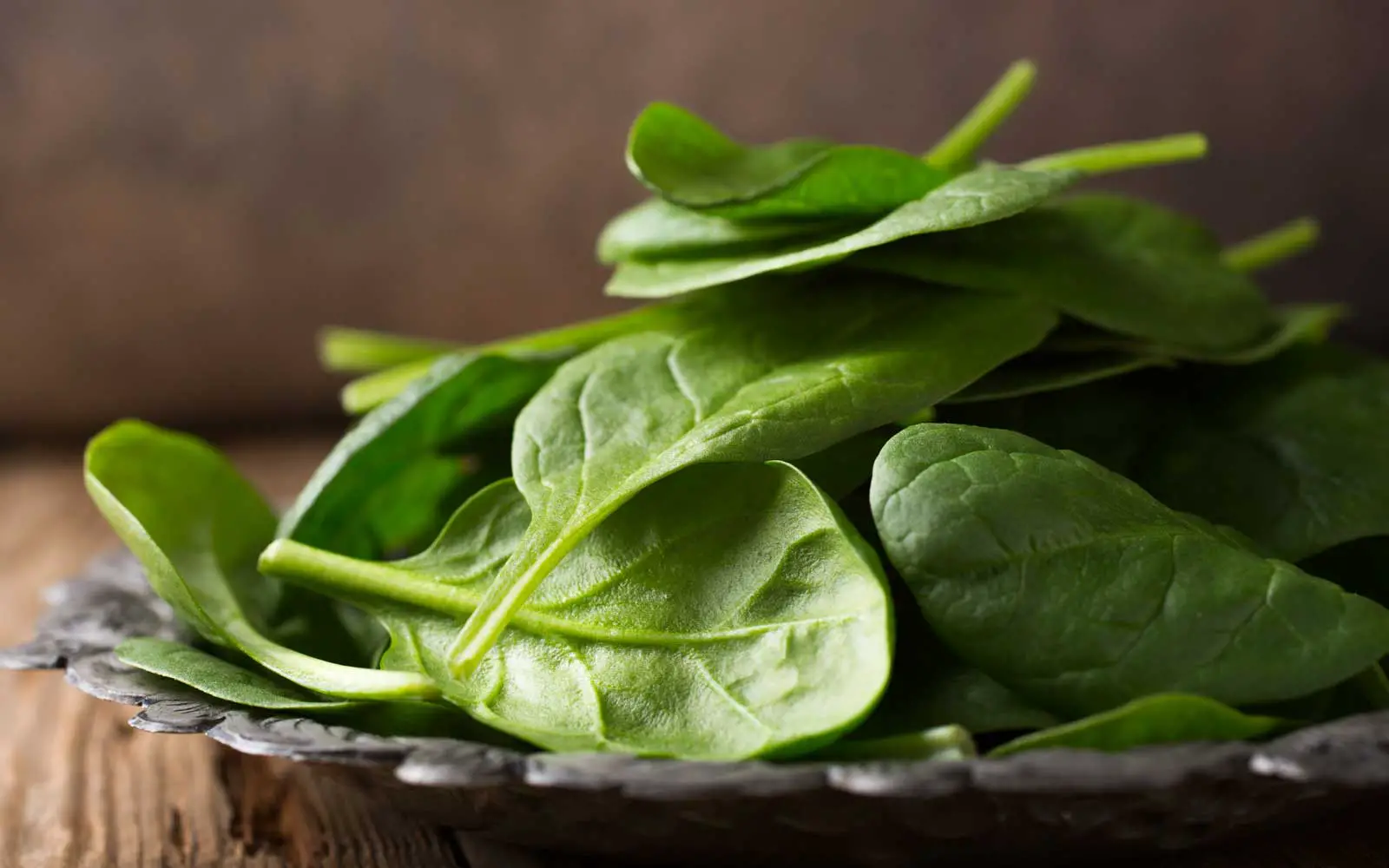 Read more: Spinach
Read more: SpinachA green leafy vegetable high in iron. Use either English spinach or Baby spinach leaves.
-
Salep
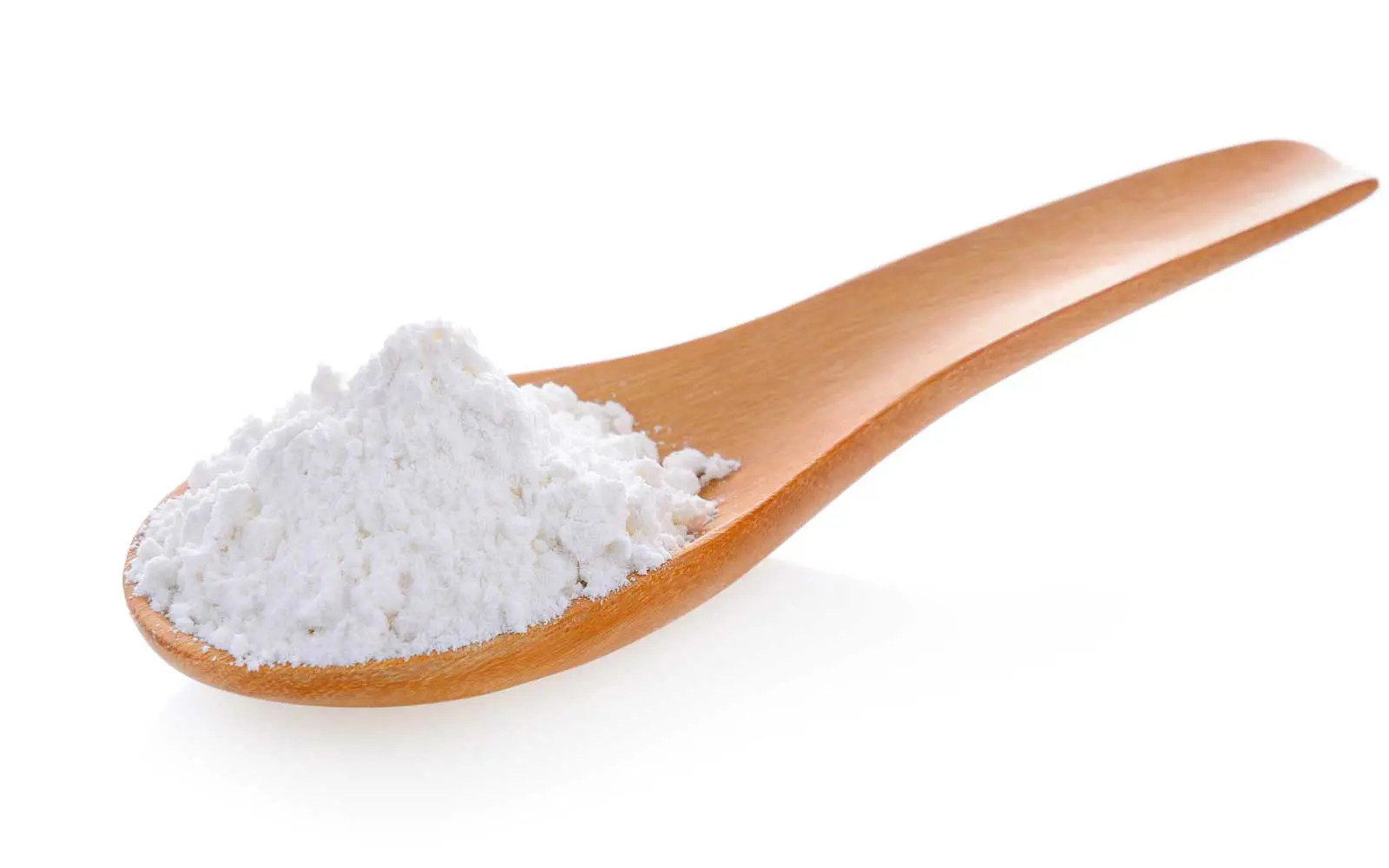 Read more: Salep
Read more: SalepA white flour made from grinding the dried tubers of an Orchid species. Salep is the “secret ingredient” to Persian Ice cream or Bastani Salabi. salep is more commonly used in a traditional Turkish drink when mixed with hot milk. Sometimes salep is hard to find, but look in Turkish grocers as a drink mix…
-
Rose Water
 Read more: Rose Water
Read more: Rose WaterRose water, a by product of the production of Rose Oil is used extensively in Persian and Middle Eastern Cuisines. Rose Water can have an overpowering effect, so use sparingly until you are used to the strength. Rose Water is available at Persian or Middle Eastern grocery stores. Be careful when using rosewater purchased at…
-
Tomato Paste
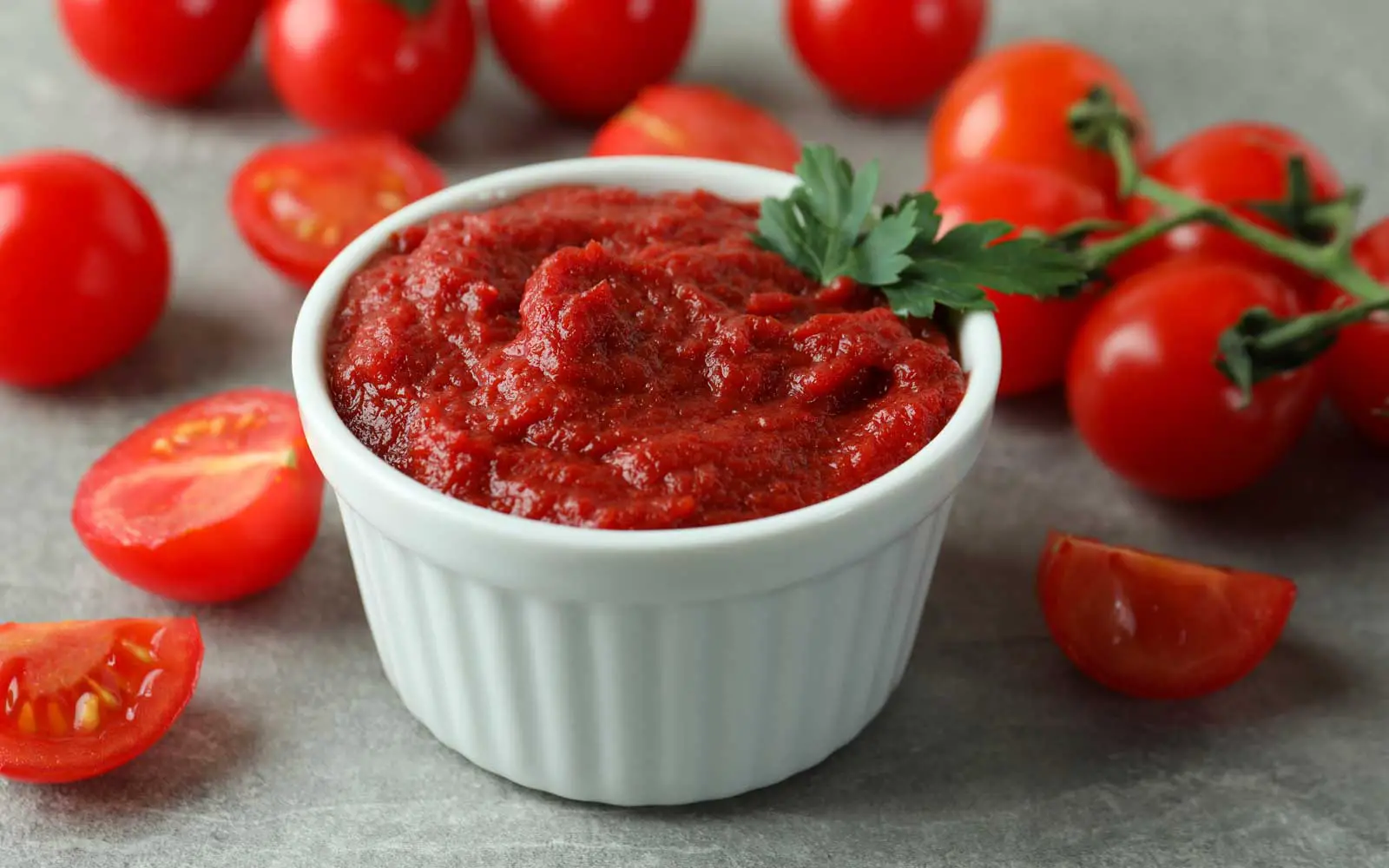 Read more: Tomato Paste
Read more: Tomato PasteTraditional Tomato Paste is strong, thick and slightly sour. It is used to add a rich summer flavour to the winter soups and stews of Iran. Always try to use a Persian or Middle Eastern variety of Tomato Paste as it seems to be richer and slightly more sour than the varieties produced in the…
